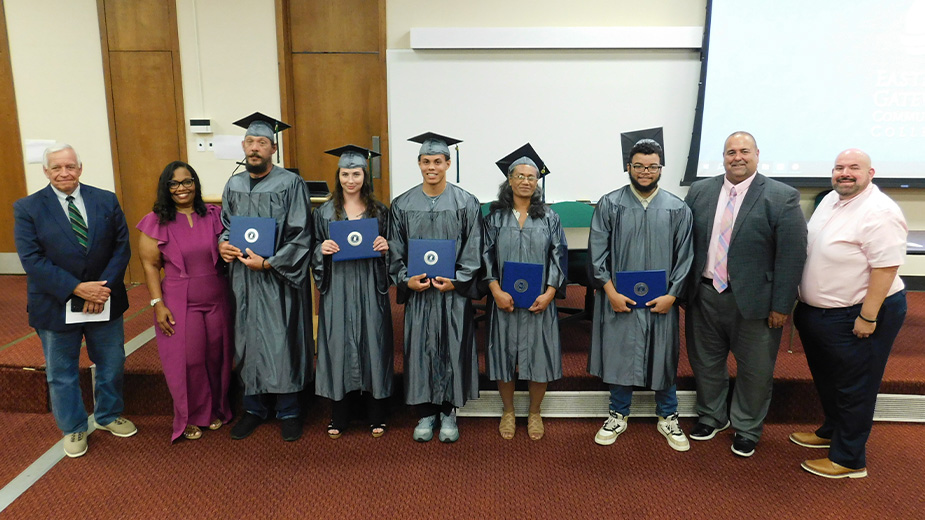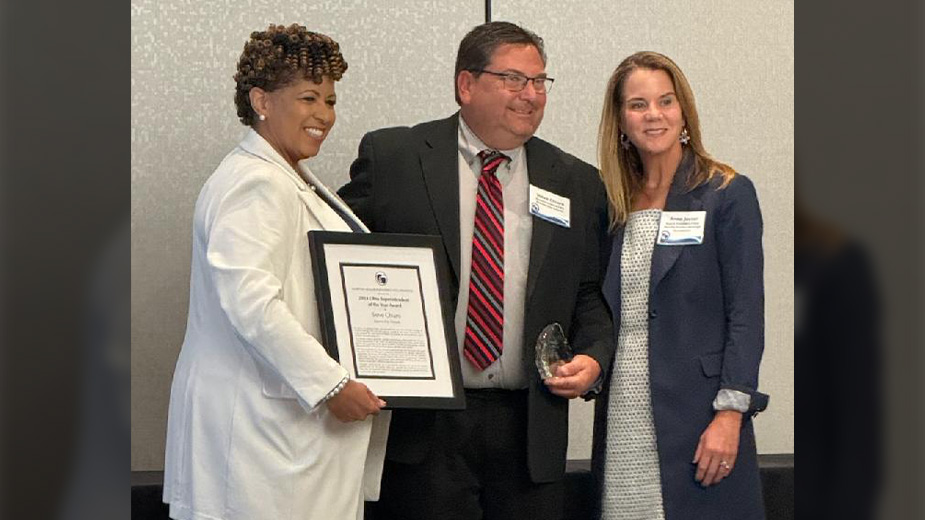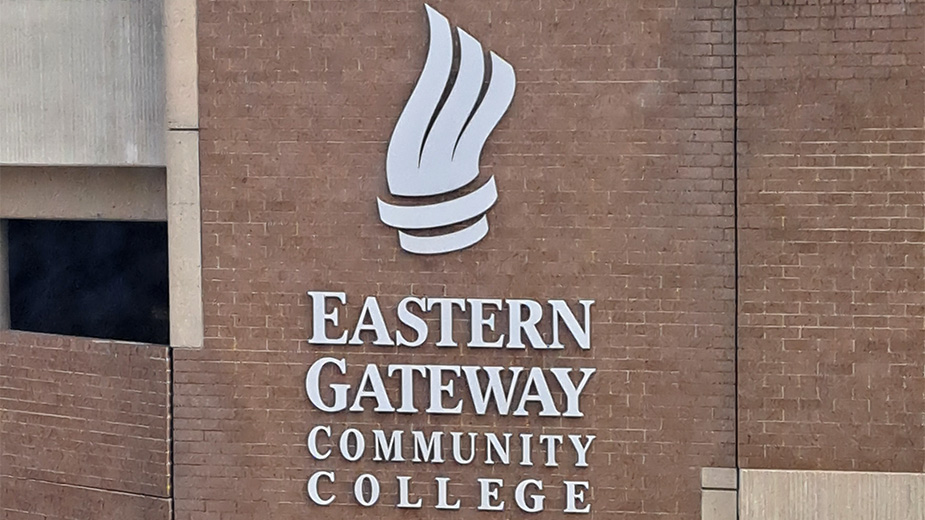Penn State Shenango Collaborates with Paris Students
SHARON, Pa. — This spring, students from Penn State Shenango’s occupational therapy assistant program worked with students from the University of Nanterre in Paris, France, on an interdisciplinary project that explored wellbeing and happiness across cultures.
“We found that the students went way beyond the scope of the project and deeply explored the other culture,” says Tammy Divens, Penn State Shenango associate teaching professor. “They conversed about education structures, health care, the government, and the local precautions with COVID-19. Even through this year’s challenges, this was an amazing experience to have an international opportunity that expanded beyond traditional classroom borders.”
Penn State Shenango’s OTA program prepares students to employ intervention plans for clients to maintain or reclaim independence. That’ why working with psychology majors from Paris “was a perfect fit for this project,” Divens says. The main theme, she says, is that the French viewed happiness as an internal state while Americans seemed to be more reliant on their relationships.
After working in small groups for several weeks across time zones, the student conducted joint presentations.
“I learned a lot and it has raised my insight and awareness to other people’s cultures and belief systems,” says OTA student Ashawa Gibbs. “I loved that we could share without judgment to understand and perceive each other’s cultural beliefs with such a great level of understanding.”
This collaboration was possible through Penn State’s EDGE – Experiential Digital Global Engagement – program.
Pictured: Shenango occupational therapy assistant student Leigha McCoy met via virtual group video call to discuss wellbeing and happiness across cultures. McCoy was in a group with two psychology students, Roxane Bureau and Rym Bouali, from the University of Nanterre in Paris, France. (Image provided by Leigha McCoy/Penn State Shenango)
Published by The Business Journal, Youngstown, Ohio.



